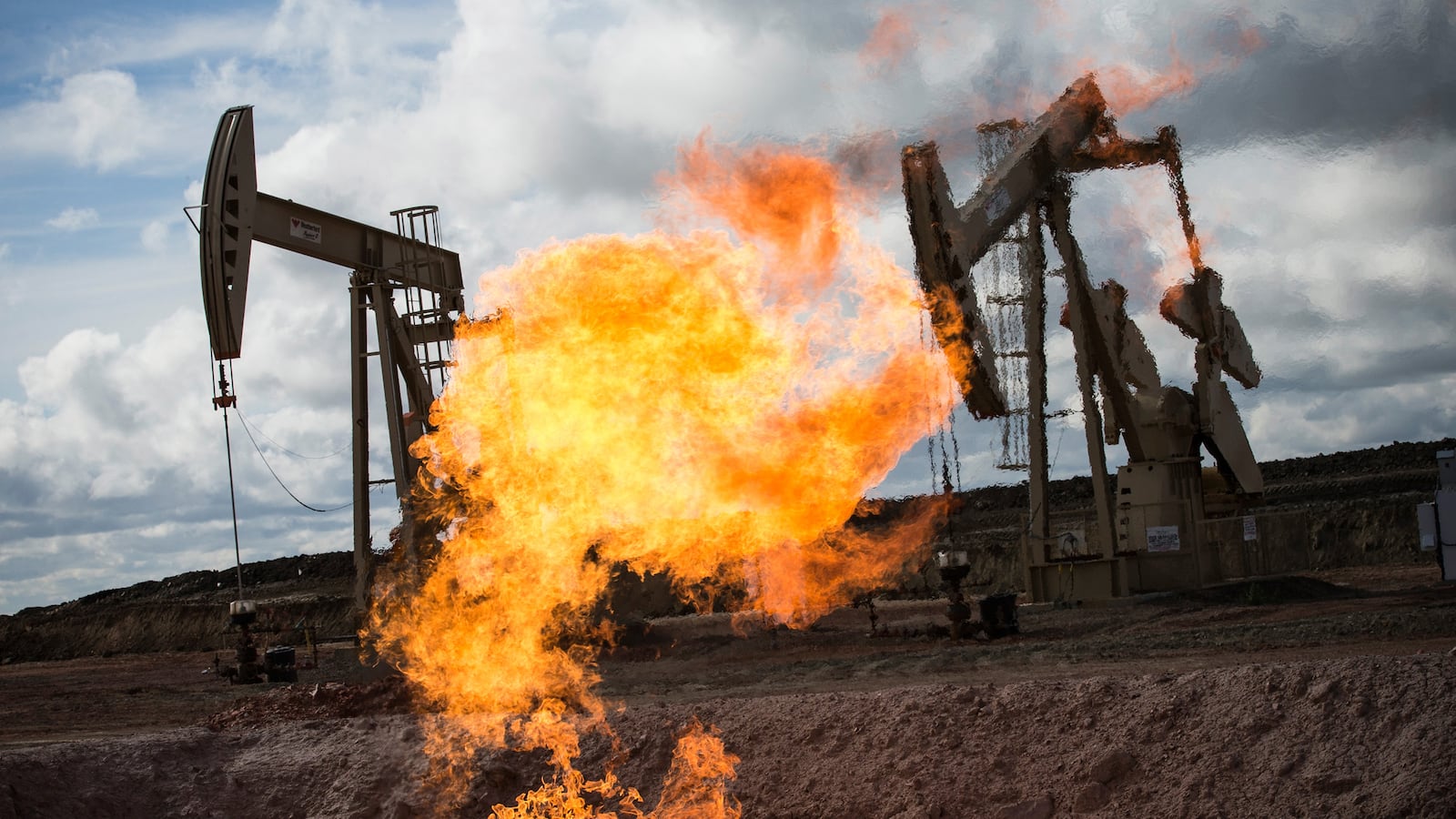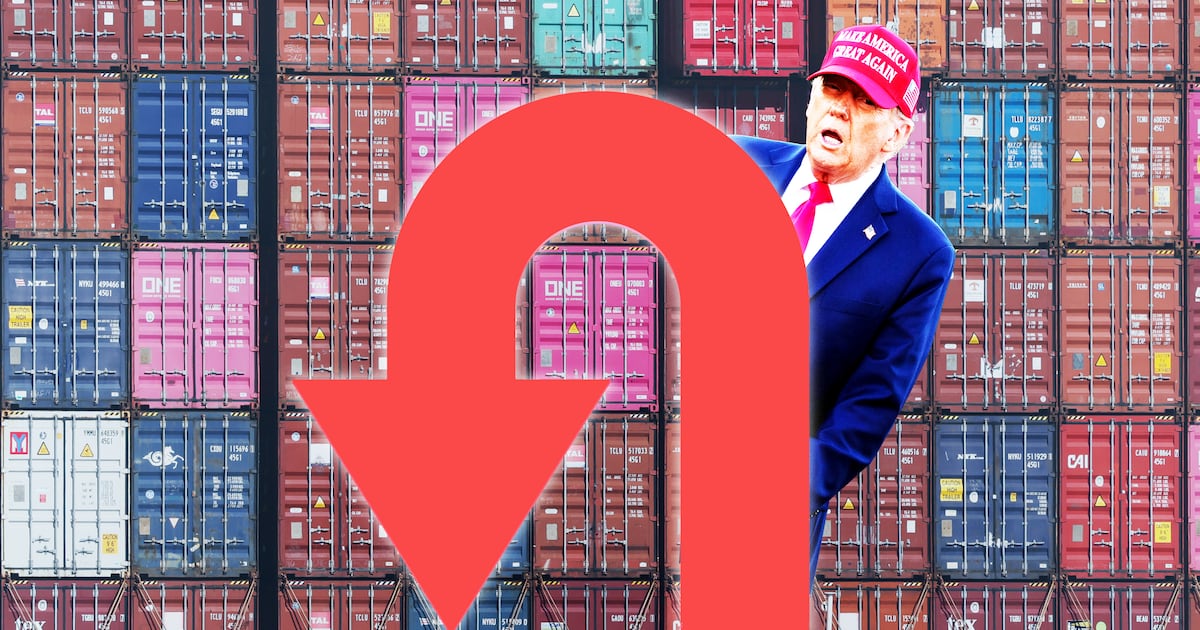Talk about déjà vu. Another crisis in the Middle East, another jump in crude oil prices.
After Secretary of State John Kerry’s ominous press conference Monday unleashed a stream of prognostications that the U.S. will intervene in Syria—oil prices vaulted to a six month high. As the chart below shows, the October contracts for West Texas light sweet crude were trading near $109 on Tuesday, up nearly 24 percent from this spring.

But why? Syria is not even remotely close to being a major oil producing state. The Middle East has been volatile for years—often more volatile than it is now. And given the vast increase in oil production in places like Venezuela, Canada, Russia, oh, and, the U.S., it seems like oil prices should be more insulated from Middle East violence—not less.
Maybe we shouldn’t blame Syria.
“Libya production is at its lowest since the civil war,” explains Aaron Brady, senior director for oil market research at IHS. “Iraqi production has not grown this year … they’re having a lot of problems,” he continues, and have continually missed expectations. The disruptions for Libya in early August had it exporting less than half its normal amount of 1 million barrels a day. In addition, Nigeria production has been on a downward trend, and is at a four year low thanks to oil theft and other disruptions.
And while the Middle East and its atavistic tendencies aren’t new, the difference this time is the “sheer number of countries experiencing turbulence at the same time,” points out Brady. The escalation of tensions in Syria come as Egypt, which is a major transit point for oil and gas, is amidst yet another turbulent period. The mere concern that the flow of tankers through the Suze Canal could be disrupted is enough to push oil prices higher.

The biggest concern however, as has been mentioned elsewhere, is the real fear of a spillover of violence from Syria into nearby major producers like Iran, Iraq and Kuwait. Those fears about the Syrian conflict and possible US intervention mentioned in stories are “related in terms of destabilizing impact on other major players,” clarifies Brady. One of the biggest sources of disruption in Iraq has been the Syrian conflict.
And while the US has seen a dramatic increase in oil production over the past few years, according to the IEA it will mostly offset the global supply disrupted by instability. Without US production growing at the astounding clip it has, “just imagine what oil prices would be,” Brady said.
So what does this mean for worried American citizens? The first place to look for an answer is the past. If oil jumps into the $120-150 range as it has in the past, a couple things can happen.
“You see demand destruction,” says Brady, “People stop driving, cut back, and become more efficient.” And while this may bring joy to manufacturers of smaller gas-efficient cars, or managers of city bikesharing programs, this can be a quite painful correction. Should higher prices persist, there’s also the potential for the government to release supplies from the Strategic Petroleum Reserve, which was done during the Libyan revolution.
Even though the U.S. economy is much less reliant on petroleum than it used to be, long-term increases in oil prices can still have a deleterious effect on macroeconomic phenomena ranging from GDP to employment or consumption. All of which is to say that if oil goes much higher from here, the U.S. economy could start to run low on gas.





